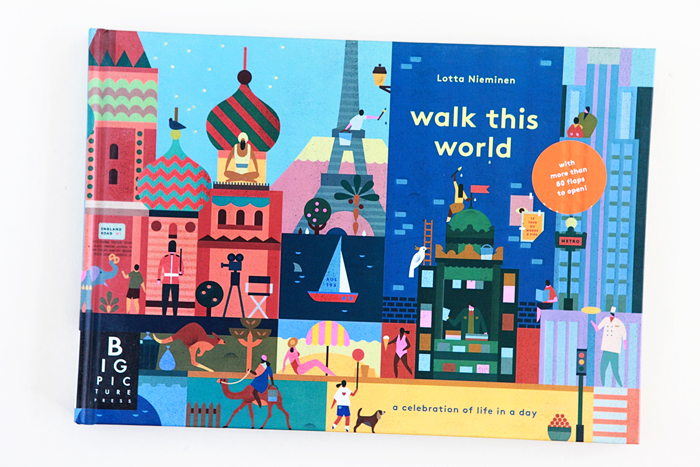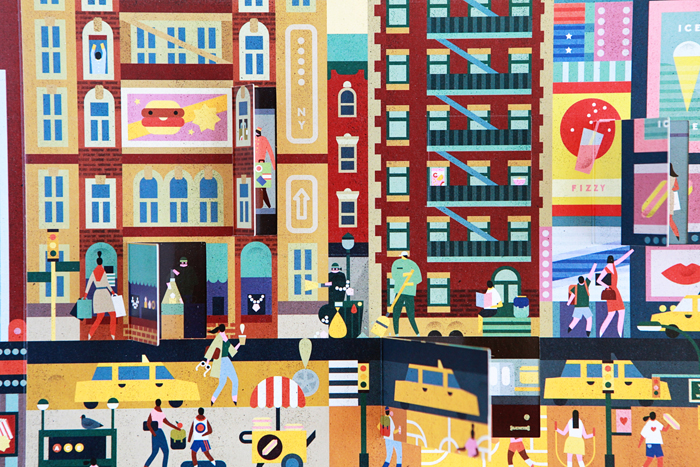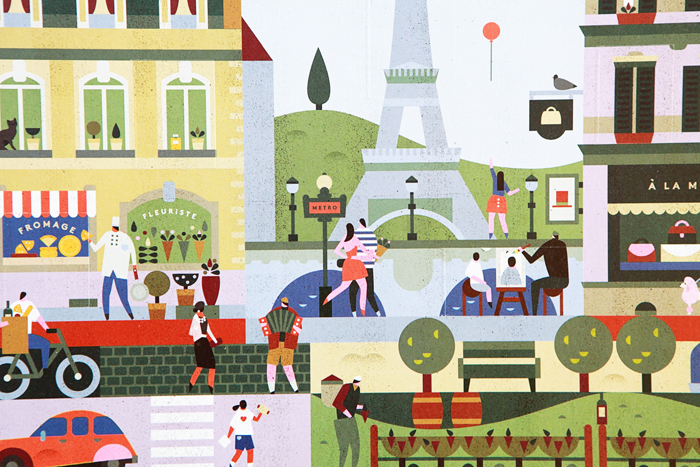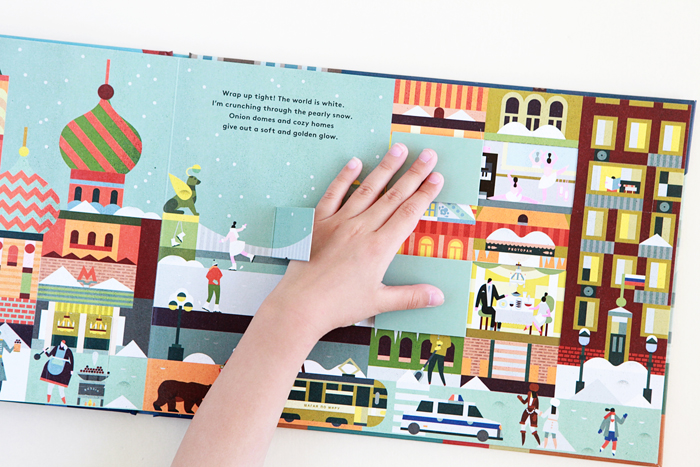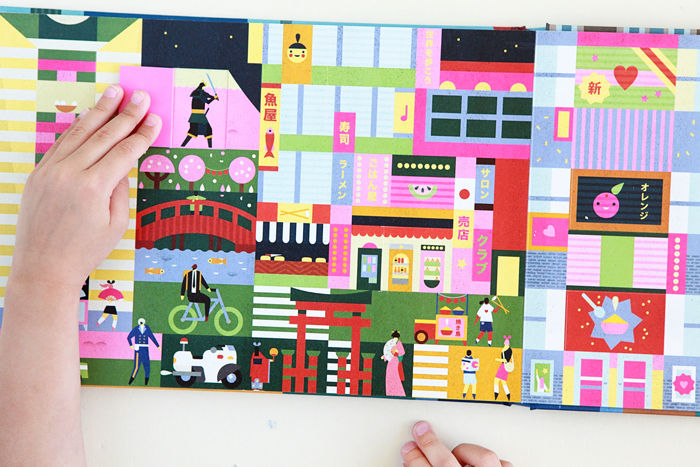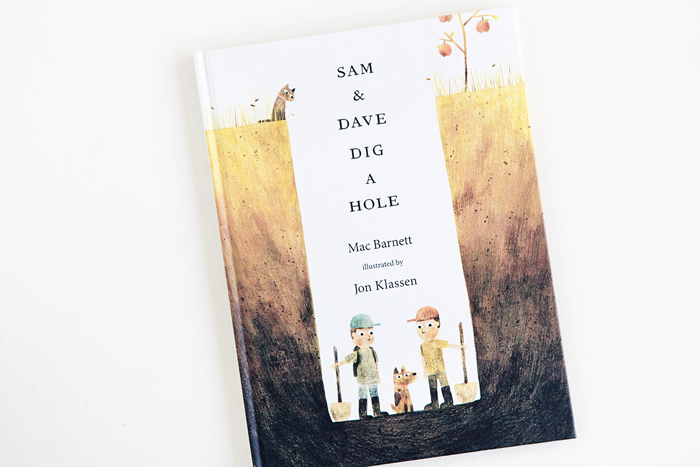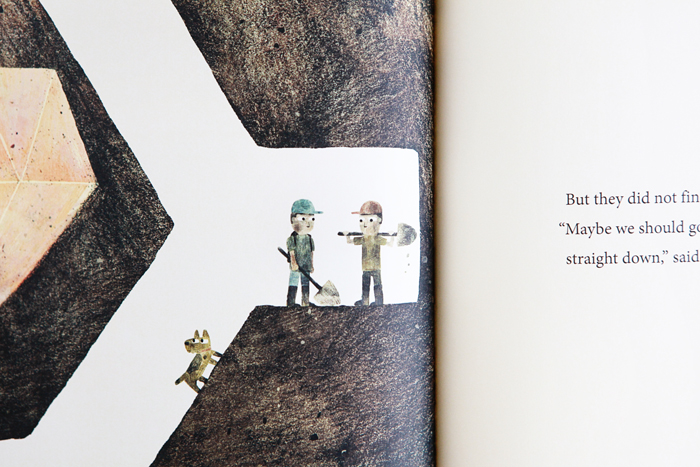
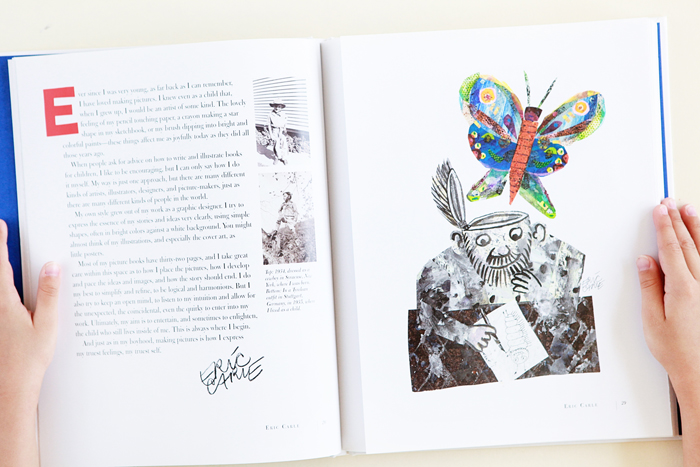
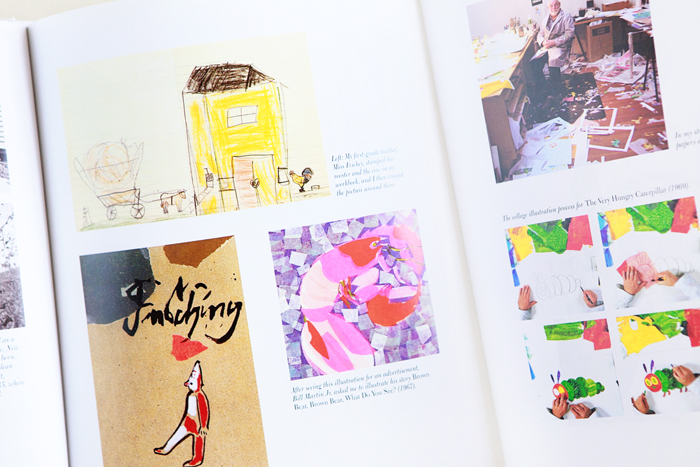
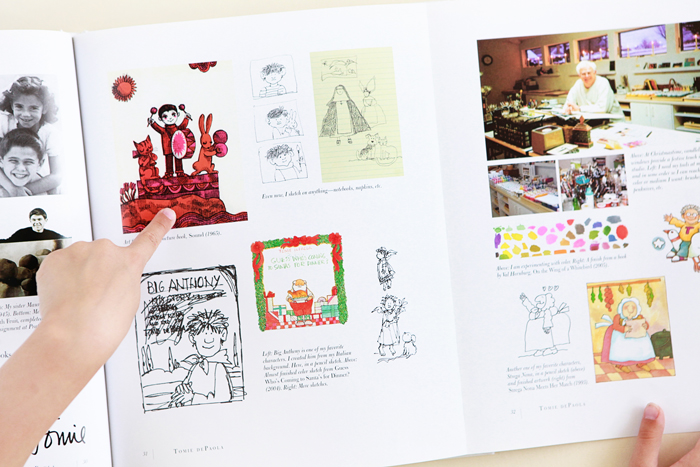
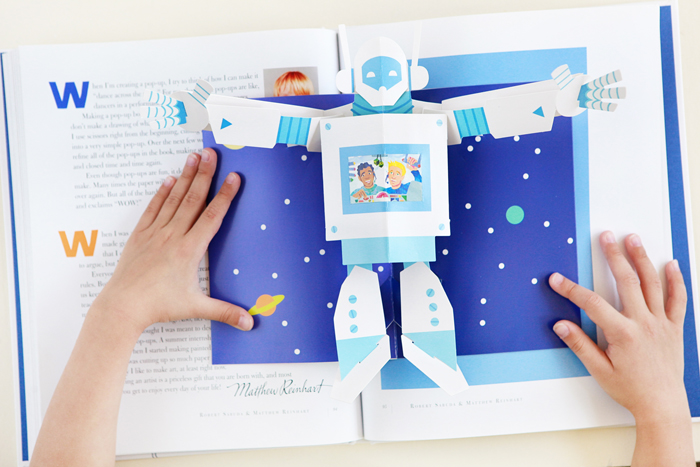
An excerpt from Eric Carle's introduction in Artist to Artist: 23 Major Illustrators Talk to Children About Their Art captures the spirit and mission of this special book:
“I am so pleased to be able to present this unique anthology, which I hope will be inspiring for you and for all who read it. In the pages that follow, twenty-three artists have shared the story of their work, their art and their lives as creative people. As I read each letter and see the images, art, works-in-progress, photographs of studios and work spaces as well as each artist’s wonderful self-portrait, I am struck by the fact that, for so many of them, the dream or the longing to make pictures and tell stories began in early childhood. This is fascinating to me and will, I hope, be encouraging for you to read about. Perhaps you, too, felt this way as a small child, and perhaps that is part of the reason that you find yourself now holding this book in your hands.”
If you've ever wondered about how illustrators come to be illustrators, what inspires them and what drives their work, this is the book for you. This book illustrates the creative process and how it plays out in twenty-three different artists' work and careers. I love books that give children a good idea of how people set off to start their careers and fulfill their ambitions. These kinds of narratives teach children that it's a mix of God-given talent, hard work and tenacity that drive your career or life's work, whatever it might be.
Each illustrator's profile features some of their early work (and even some pieces done as young children), photographs of their studio, works from various stages of their creative process, a self-portrait and a letter from them to the children reading this book. Often, they talked about the moment in their childhood that they started to draw, what life was like trying to make a living as an artist and setbacks they encountered along the way.
I loved the letters and reading about how all the artists in this book discovered that they loved to draw at a young age. It made me think back to my own childhood and all those moments spent doodling in class. As a side note--creativity is a trait sometimes just attributed to artists. However, creativity is not just a thing needed for art, but for life. Not only do children need creativity to produce art, they need it to solve problems, to think "outside of the box" in order to generate an innovative solution, to be good negotiators, to be successful in life.
Avery liked seeing examples of the artists’ work, illustrations and photos of their studios. Avery's favorite piece of art was the pop-up robot by Robert Sabuda and Matthew Reinhart towards the end of the book. I hope she'll read through Artist to Artist again and again, and soak up all the inspiration it has to offer. A thousand thanks to Eric Carle who put the time and energy into assembling such an amazing anthology.
